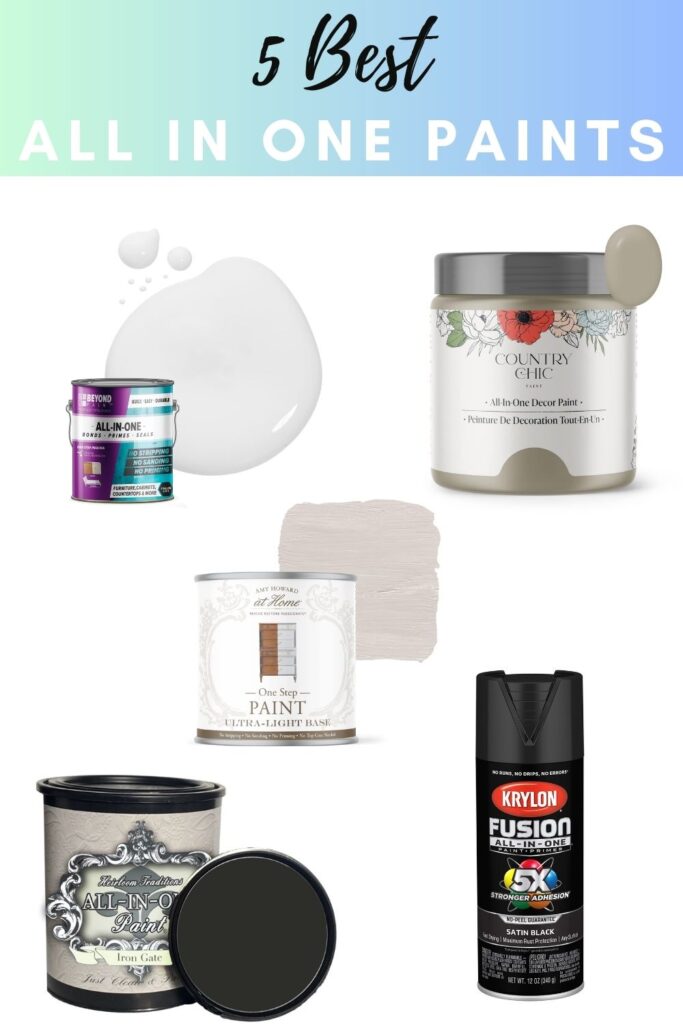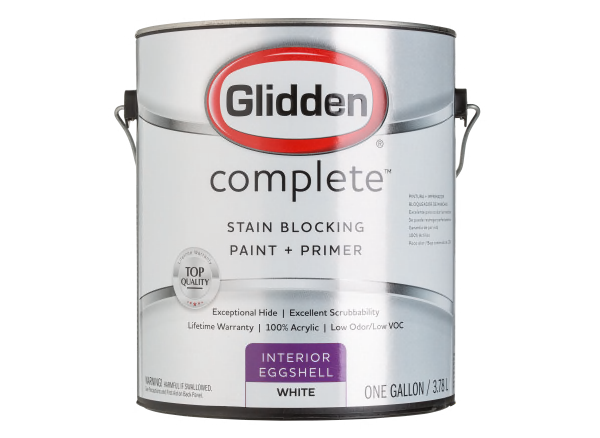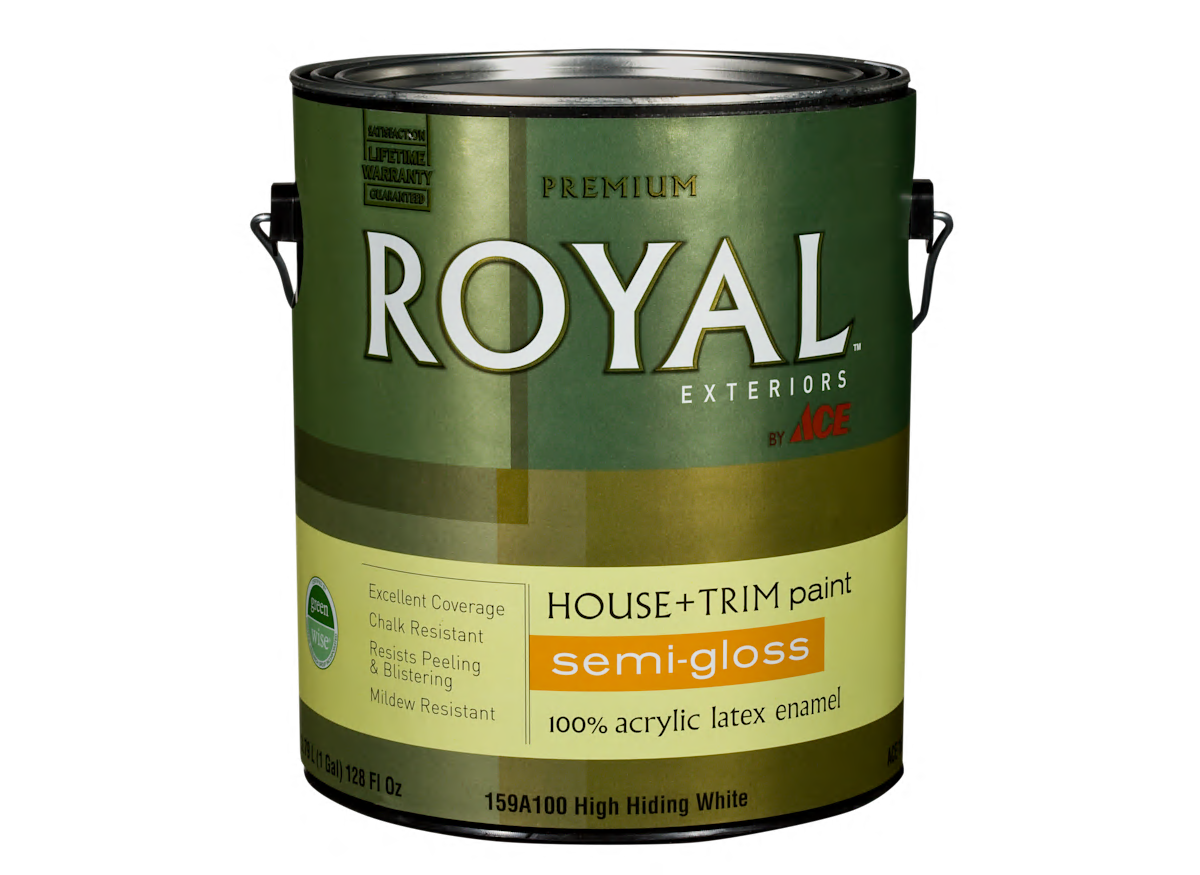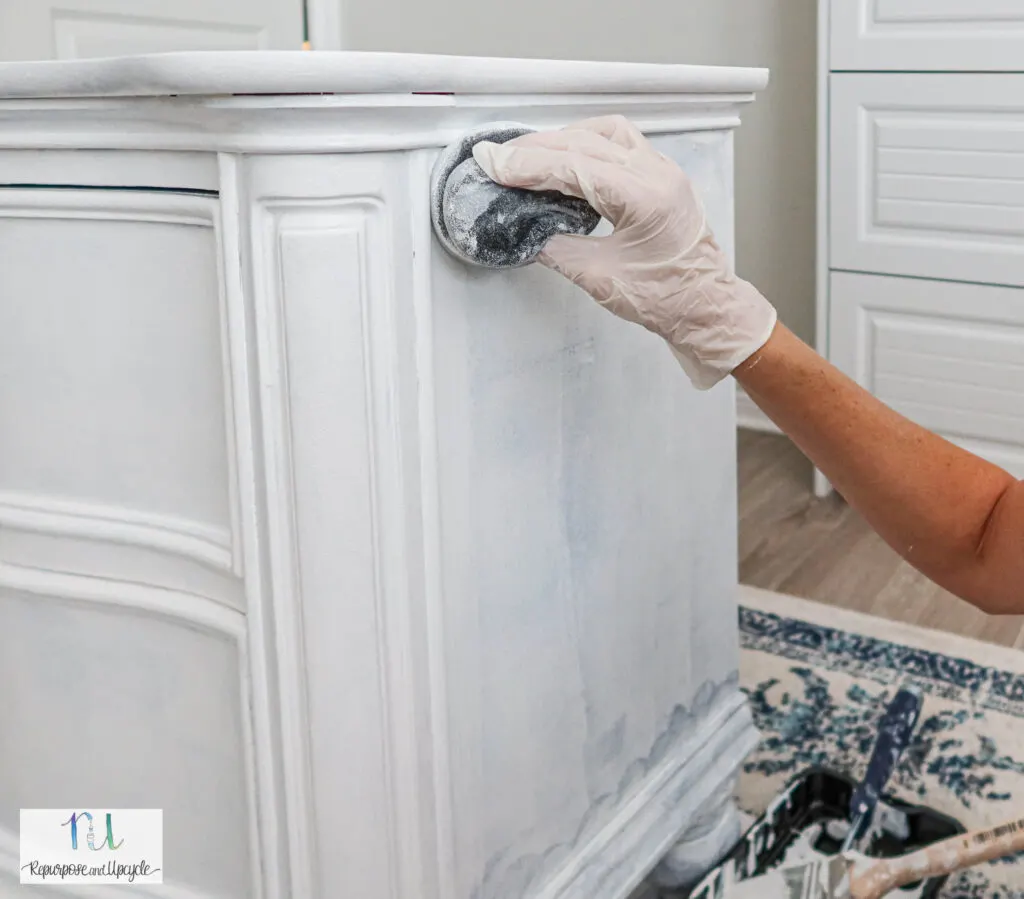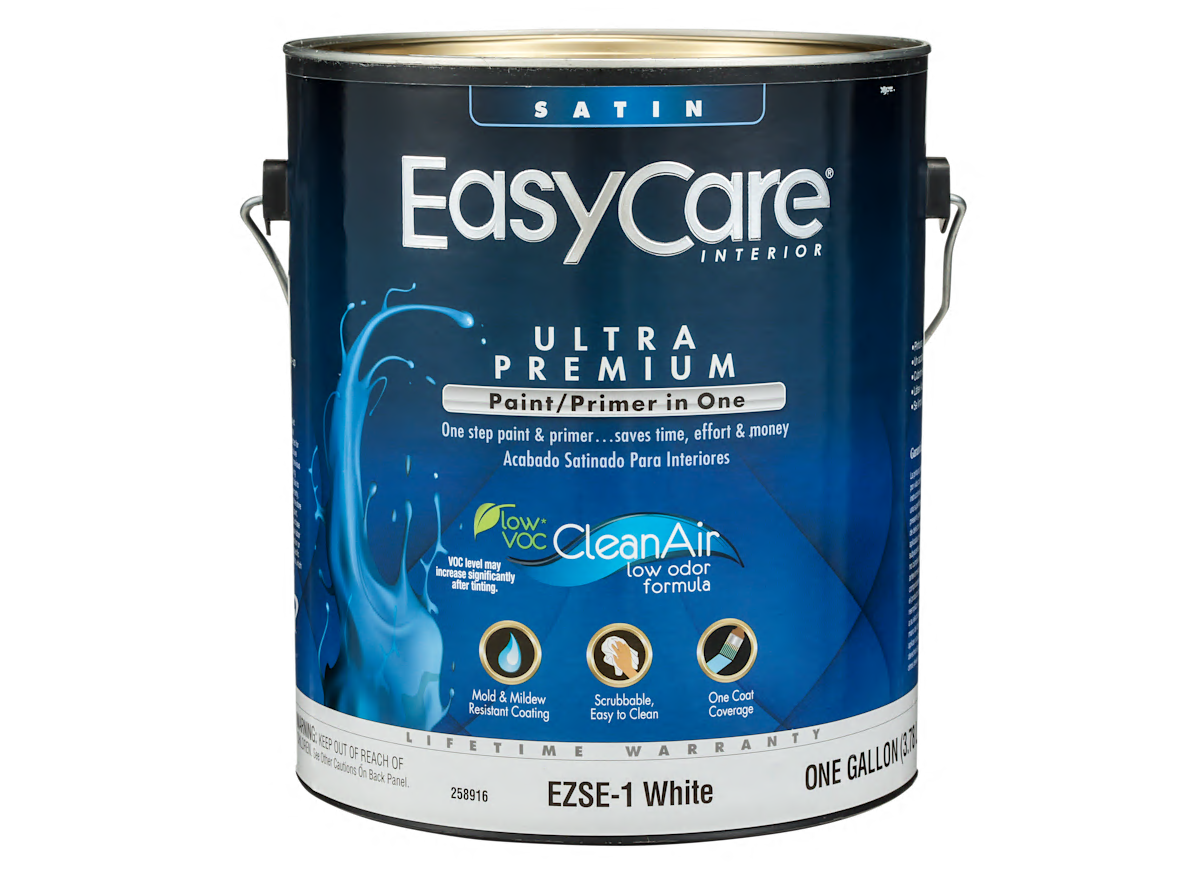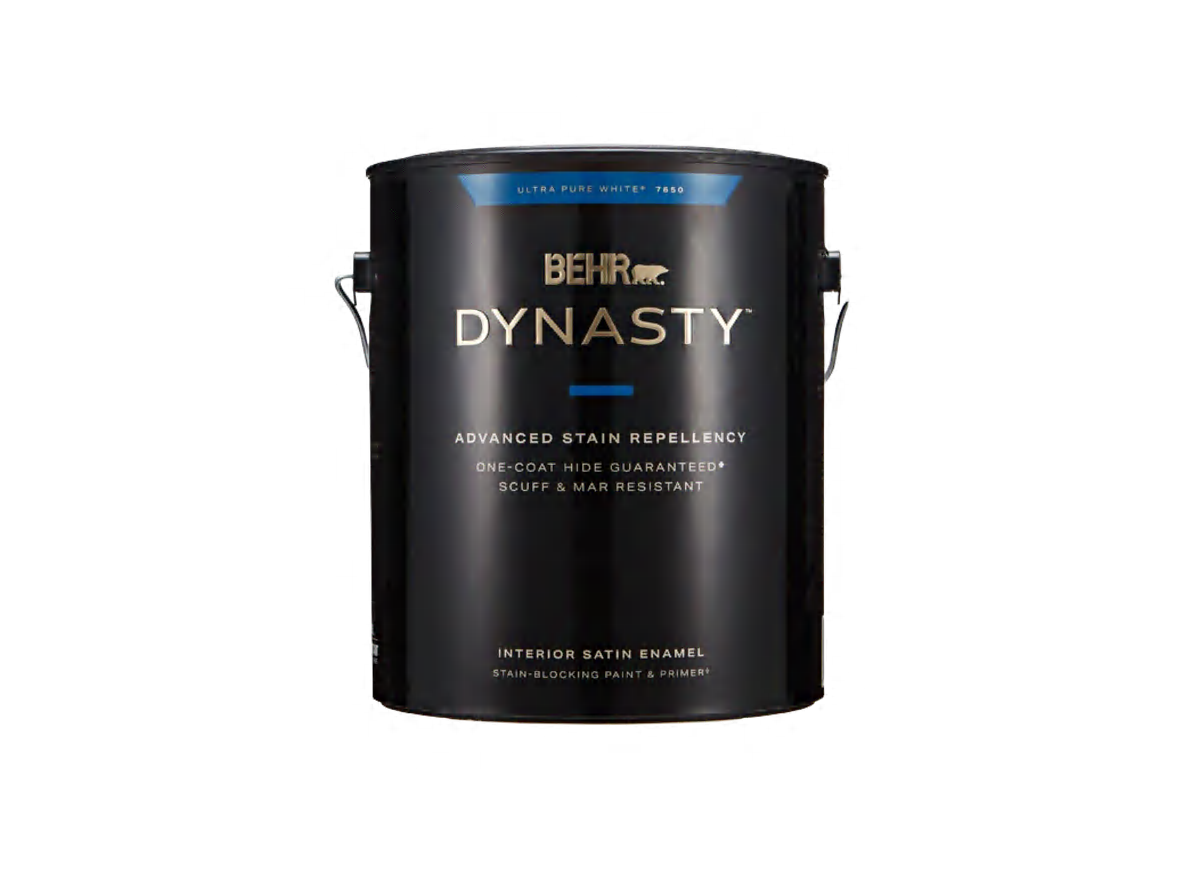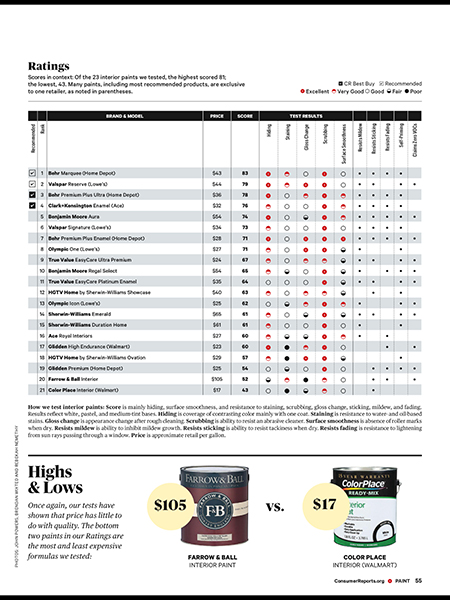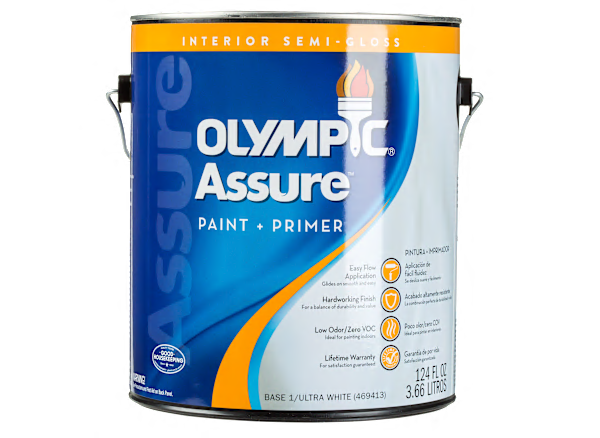All In One Paint Reviews Consumer Reports

Imagine a crisp autumn afternoon. Sunlight streams through the windows, illuminating dust motes dancing in the air. A half-empty paint can sits on a drop cloth, surrounded by brushes and rollers. A homeowner, brow furrowed in concentration, meticulously applies a fresh coat of paint, dreaming of a revitalized living space. The promise of a single product transforming a room fills the air, but does that promise truly hold up?
This article dives into the increasingly popular world of all-in-one paints and primers, examining their performance through the lens of Consumer Reports' rigorous testing. We'll explore what these paints offer, how they're evaluated, and whether they genuinely deliver on their "one-coat wonder" claims, helping you make an informed decision for your next home improvement project.
The Rise of the All-In-One
The allure of all-in-one paints is undeniable. They promise to simplify the painting process, combining the functions of both a primer and a paint into a single product. This seemingly eliminates a step, saving time and effort, which appeals to busy homeowners and DIY enthusiasts alike.
Traditional painting involves two distinct stages: priming and painting. Priming creates a smooth, even surface for the paint to adhere to, blocks stains, and can improve the paint's overall coverage. All-in-one paints aim to achieve these benefits while simultaneously providing the desired color and finish.
The concept isn't entirely new. Paint manufacturers have been experimenting with formulations designed to enhance adhesion and coverage for years. However, recent advancements in resin and pigment technology have led to a new generation of products boasting superior performance as both primer and paint.
Consumer Reports' Testing Methodology
Consumer Reports is a trusted source for unbiased product reviews, known for its rigorous testing protocols and independent evaluations. Their paint tests are comprehensive, evaluating various aspects of performance. These tests provide consumers with invaluable insights into a product's true capabilities.
According to Consumer Reports' website, their paint testing involves evaluating factors such as coverage, hiding power, resistance to stains, scrubbing durability, and resistance to mildew. They apply paints to test walls under controlled conditions, mimicking real-world scenarios.
Expert testers then subject the painted surfaces to a series of challenges, assessing how well the paint withstands everyday wear and tear. This rigorous approach ensures that the ratings reflect a product's long-term performance, not just its initial appearance.
What the Ratings Reveal
While some all-in-one paints performed admirably in Consumer Reports' tests, the results were not universally positive. Some products excelled in certain areas but fell short in others. This highlights the importance of understanding the specific needs of your project before choosing a paint.
Coverage and Hiding Power: The ability to completely obscure the underlying surface with minimal coats is a crucial factor. Some all-in-one paints performed well in this area, effectively covering existing colors and imperfections. Others required multiple coats to achieve satisfactory results, negating the time-saving benefits.
Durability and Stain Resistance: A good paint should withstand scrubbing and resist stains from common household substances. Consumer Reports tests evaluated these factors by applying various stains to the painted surfaces and then attempting to clean them. Paints that performed well were able to withstand scrubbing without losing color or sheen and effectively resisted staining.
Application and Finish: Ease of application is another important consideration. Some paints were easier to apply smoothly and evenly, while others tended to drip or splatter. The final finish, whether matte, satin, or gloss, also varied among the products tested.
The Pros and Cons Summarized
Pros:
- Time Savings: Eliminating the priming step can significantly reduce the overall painting time.
- Convenience: A single product simplifies the purchasing process and reduces the number of materials needed.
- Improved Adhesion: Some all-in-one paints offer excellent adhesion, even on glossy or difficult surfaces.
Cons:
- Not Always a One-Coat Solution: Many all-in-one paints still require multiple coats for optimal coverage.
- May Not Replace Specialized Primers: For specific issues like severe stains or porous surfaces, a dedicated primer may still be necessary.
- Price: All-in-one paints can sometimes be more expensive than traditional paint and primer combinations.
Ultimately, the decision of whether to use an all-in-one paint depends on the specific project and individual needs. For minor cosmetic updates or painting over previously painted surfaces in good condition, a high-quality all-in-one paint can be a convenient and time-saving option.
However, for more demanding projects, such as painting over dark colors, covering stains, or painting bare wood, a separate primer may still be the best choice. Carefully consider the recommendations from Consumer Reports and other reputable sources, and assess your specific needs before making a decision.
Beyond the Ratings: Factors to Consider
While Consumer Reports' ratings provide valuable guidance, other factors can influence your choice of paint. These include the type of surface being painted, the desired sheen, and the specific color you're looking for.
Surface Type: Different surfaces require different types of paint. For example, paints formulated for interior walls may not be suitable for exterior use or for painting metal or wood.
Sheen: The sheen of the paint affects its appearance and durability. Matte finishes are good for hiding imperfections but are less resistant to stains. Glossy finishes are more durable and easier to clean but can highlight imperfections.
Color: The color of the paint can also impact its coverage. Lighter colors generally require more coats than darker colors. It's also important to consider the lighting in the room and how it will affect the appearance of the color.
Choosing the right painting tools, such as high-quality brushes and rollers, can also significantly impact the final result. Proper surface preparation, including cleaning and sanding, is crucial for ensuring good adhesion and a smooth finish.
A Fresh Perspective
The world of all-in-one paints is constantly evolving. Manufacturers are continually innovating and refining their formulations to improve performance and address consumer needs. Keeping abreast of the latest developments and Consumer Reports ratings can help you make informed decisions. These choices will result in a beautiful and durable finish.
Ultimately, painting is more than just applying a coat of color. It's about transforming a space, expressing your personal style, and creating a home that reflects your unique vision. Whether you choose an all-in-one paint or a traditional paint and primer combination, the key is to approach the project with care, attention to detail, and a little bit of creativity.
So, as you stand before that blank canvas – your walls – take a deep breath, consider the insights from sources like Consumer Reports, and embark on the journey of creating a space you'll love. The perfect hue, the right application, and a touch of personal flair can transform a house into a home, one brushstroke at a time.
